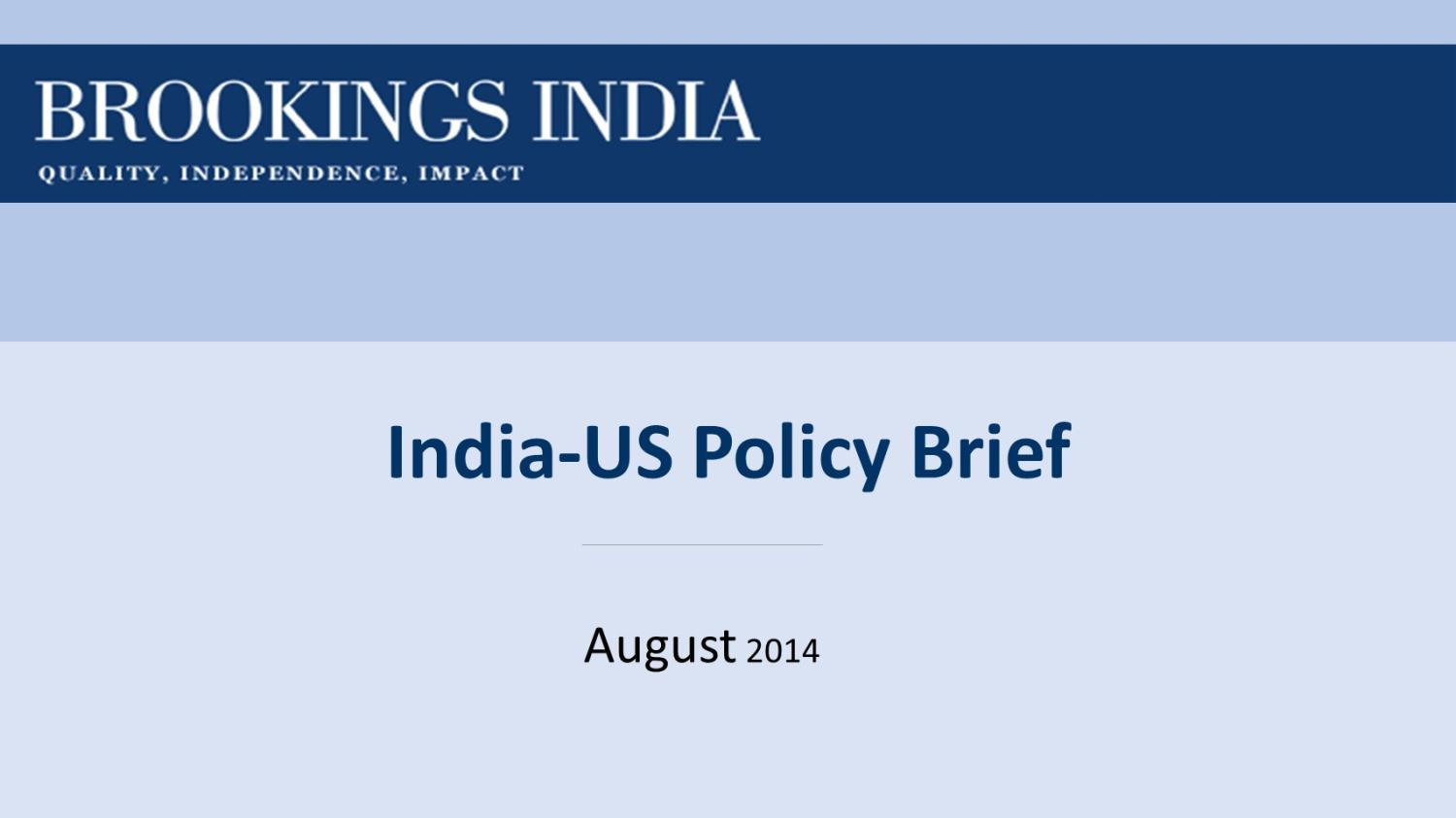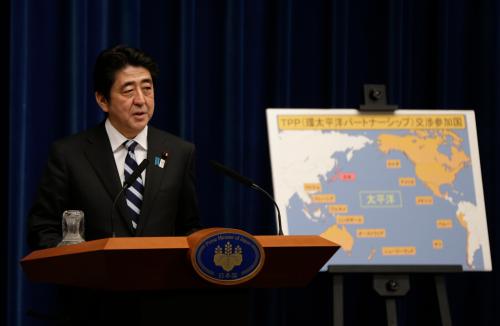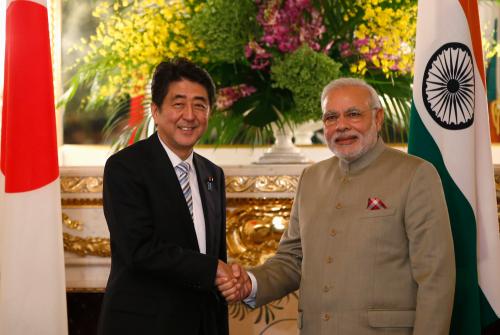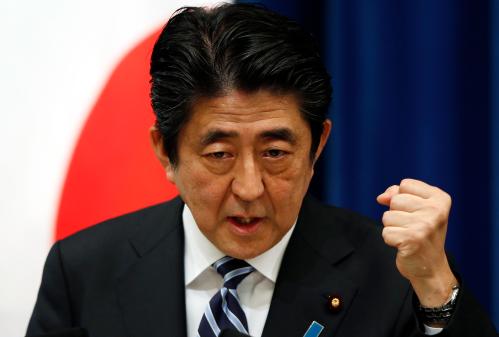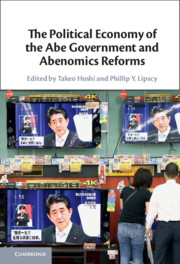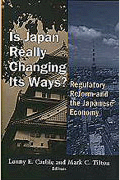Content from the Brookings Institution India Center is now archived. After seven years of an impactful partnership, as of September 11, 2020, Brookings India is now the Centre for Social and Economic Progress, an independent public policy institution based in India.
In this India-U.S. Policy Memo, Richard Bush and Mireya Solís describe how the Japanese government led by Prime Minister Shinzo Abe is seeking to strengthen Japan externally and internally. They also outline the U.S. perception of steps Tokyo has taken to strengthen its economy and security.
Japan faces the same dilemma that all countries in Asia do: how to reap the benefits of the growing Chinese economy without becoming irreversibly vulnerable in the face of expanding Chinese military power and military clout. Tokyo has vacillated over the last two decades on whether to maximize economic benefits or ensuring security. The recent trend, however, has been to hedge against growing vulnerability.
On the one hand, the administration of Prime Minister Shinzo Abe has sought to strengthen itself externally. It has increased its defense budget; bolstered the defense of the Senkaku Islands, which China claims; passed a secrecy act to permit intelligence sharing with other countries; sought to increase cooperation with India, Australia, and the nations of Southeast Asia; relaxed restrictions on overseas arms sales; and reinterpreted the constitution to facilitate assisting the United States when the latter is attacked. In addition, the U.S. remains the principal guarantor of Japan’s security. Some of these elements foster suspicion in China and South Korea, but Tokyo feels it is worth the risk.
On the other hand, the Abe administration has also sought to strengthen itself internally. Most visibly, this has taken the form of symbolic initiatives to enhance Japan’s sense of itself as a normal country that has thrown off, as Prime Minister Abe sees them, the shackles imposed by the victorious United States after World War II. Emblematic here is the visit of Prime Minister Abe and other ministers to the Yasukuni Shrine, memorializing Japan’s war dead.
But the most significant effort at internal strengthening is a bold attempt to overcome the long decades of economic deflation and to tackle the structural demographic headwinds of an ageing and contracting population. The precondition for economic success has been the arrival of political stability with the onset of the administration of Prime Minister Abe, who has put an end to legislative gridlock and has signaled a willingness to exercise top-down executive leadership. The government has launched a three-pronged strategy of quantitative easing, fiscal flexibility, and structural reform targeting low-productivity sectors. The Japanese government is attempting to use its participation in the ambitious Trans-Pacific Partnership (TPP) trade negotiations to leverage its own domestic reforms. The revitalization campaign reflects a savvy understanding that structural reform in a climate of austerity yields zero-sum politics. But it also represents a huge gamble. Given the severe debt overhang, the all-out stimulus policies in the absence of significant productivity-enhancing reforms will leave Japan worse off than before the launch of the Abenomics experiment.
By and large, the United States has a positive outlook on the steps Japan has taken to strengthen itself and the alliance. The absence in the past of some of the security steps that Prime Minister Abe has now taken (e.g. secrecy law, reinterpretation of the right of collective self-defense) had placed limits on the operation of the alliance. Washington believes that Japan has been more restrained in protecting the Senkaku Islands than China has in asserting its claim to them. The one exception on the security side is some of Tokyo’s symbolic steps, which complicate Washington’s relations with Seoul and Beijing.
On the economic side, U.S. policymakers see significant payoffs from a Japan restored to economic health and contributing proactively to the success of the TPP project—since this trade agreement is vital to the implementation of the administration’s Asian rebalance policy. However, the protracted U.S.-Japan negotiations over market access cast a shadow on the resolve of Japan to deliver on structural reform, and cloud the prospects of a central priority in American foreign policy.


